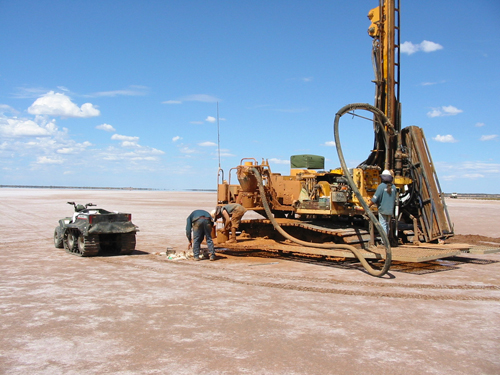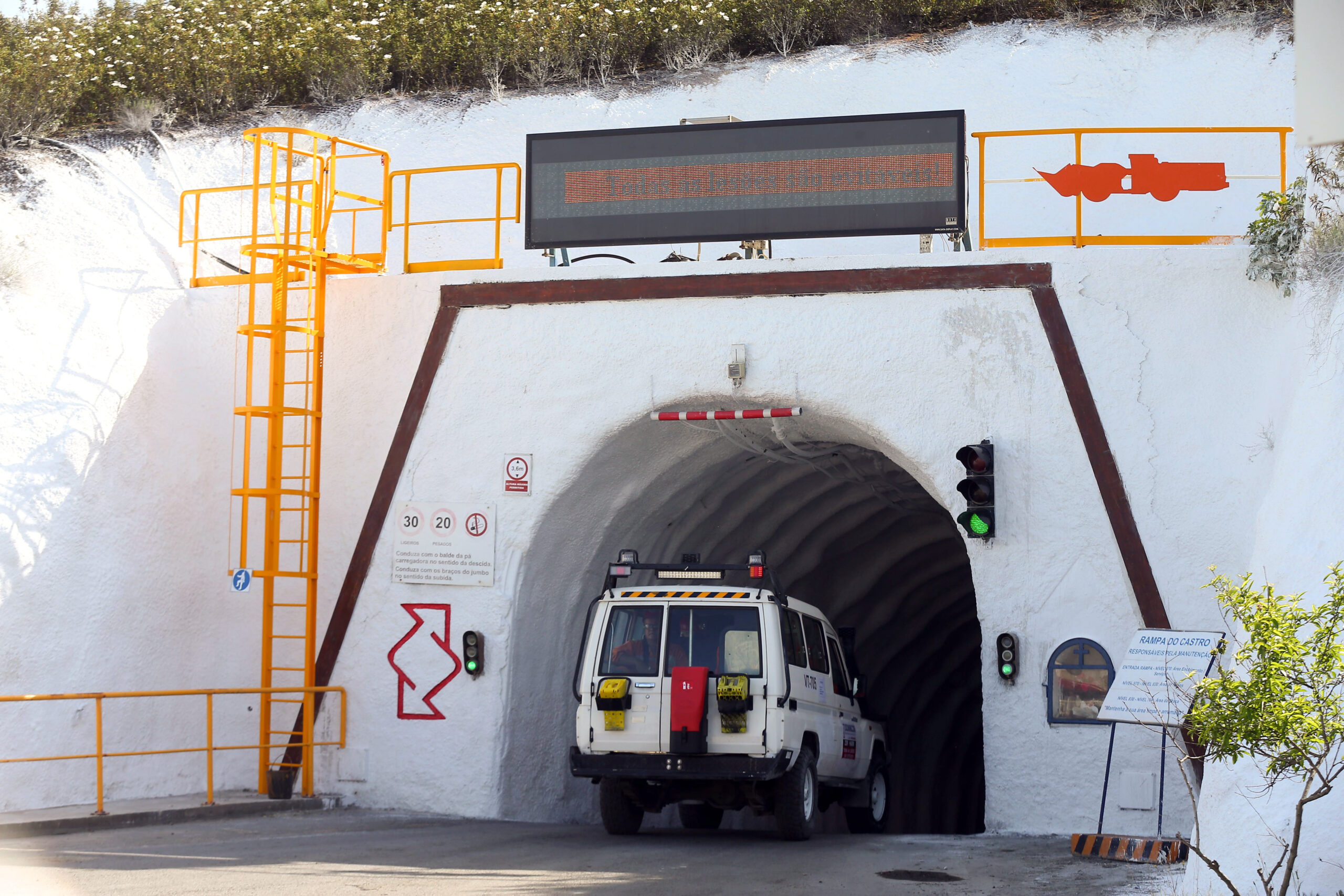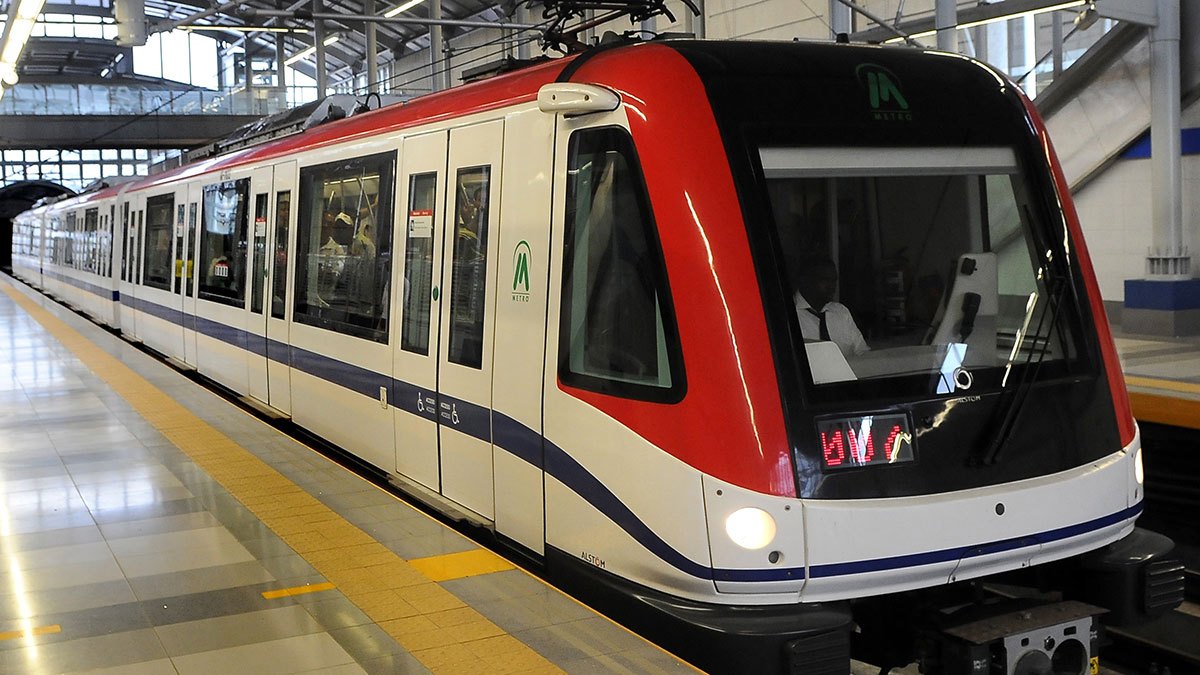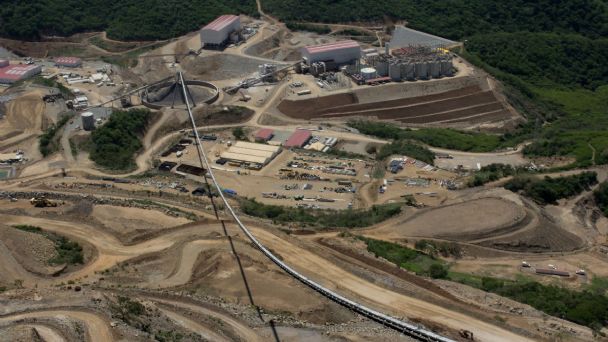
It has happened. Vanessa Guthrie told us she was not anxious about the twice delayed approval by Australia's Federal Minister for Sustainability, Environment, Water, Population and Communities Tony Burke to go ahead with Toro Energy's A$269 million Wiluna uranium mine, but the uncertainty must have cast a bit of a cloud over the Easter break. In the event the decision came through on April 2, in the wake of last October's Western Australian Government environmental approval for Wiluna and completing environmental assessment processes that have lasted almost three and a half years.
So Dr Guthrie, Toro's Managing Director, was delighted to realise she would be leading Western Australia's first uranium sales in 2015. “Wiluna is one of the few projects in the world capable of bringing new uranium production to the market in the medium term, when a shortfall is predicted from 2015 onwards,” she says.
Wiluna is bang in the centre of Western Australia and a thousand kilometres from Toro Energy's head office in Perth. Toro’s flagship and wholly-owned Wiluna Uranium Project, which has a regional resource base of 54 million lbs, is situated 30 kilometres to the south of the township of Wiluna. The project is the most advanced of the new generation of uranium mines in Australia. It's expected to yield 1.8 million lbs of uranium oxide concentrate per year over a lifespan of at least 14 years, though Guthrie hopes – and expects - that on-going drilling will extend the size of the resource and the lifetime of the project considerably.
She has invested a lot of her personal energy in developing the project to this point, culminating in her appointment as Toro’s Managing Director in December 2012. A noted advocate of sustainability and environmental best practice, and with an impressive track record with several mining majors, it was no great surprise when she was named as 2013 Outstanding Professional Woman by the Chamber of Minerals and Energy of Western Australia.
But for now most of her attention is focused on Wiluna. It is a calcrete hosted deposit, close to the surface. “The pits only go down 15 metres, so it will be a surface strip mine,” she explains. “The tailings are returned to the pit progressively, so at the end of the project the landscape will look just as it did before.” There speaks the environmentalist, who puts a lot of effort into listening to and working with the Traditional Owners of the land. “There are two native title claimant groups involved, and I think we have been very respectful of their cultural heritage in the region. A good example is where we are building a thirty-kilometre haul road between our two mining sites, Centipede and Lake Way. In determining both the mining footprint and haul road alignment we negotiated with the Traditional Owners about areas they did not want us to disturb.”
This included an area of the Lake Way deposit which is very important to the local people, so they were pleased that Toro was prepared to avoid these culturally significant areas and respect their wishes. Wiluna will use an alkaline leach process rather than the acid more commonly used in mineral processing plants. The process of grinding, leaching and extracting uranium from the ore to produce a concentrate is a standard hydrometallurgical circuit, which will be built on site, next to the Centipede deposit.
However uranium oxide concentrate is a high value, low volume product, so rather than being transported in bulk it is transported by truck in sealed, lined drums, security sealed and numbered, placed on pallets and loaded into containers. “Our production volume is just four sea containers – or two trucks – per month. We will take it to Port Adelaide by road: it's a 40-hour trip but as the first producer in WA it makes economic sense to co-ship with other producers and through the currently permitted ports based in either South Australia or the Northern Territory.”
For Toro to ship through a Western Australia port would delay the cash flow, so that would never make sense at this stage, she explains. Port Adelaide is a certified and permitted secure port that has been handling radioactive material safely for over 30 years, so is the quickest and most secure way to get the product to market.
Despite its remoteness, Wiluna has good infrastructure thanks to the long history of mining in the region. The project is reached via the Goldfields Highway and lies close to the Goldfields Gas Pipeline. Wiluna also has a sealed airstrip, which can be used for fly-in-fly-out arrangements, similar to a large number of mining companies throughout the outback.
Toro Energy's next uranium project further to the northeast on the border with the Northern Territory is another matter. The Theseus project is less well served by infrastructure but Vanessa Guthrie is very excited by its potential. If you were looking for a precedent, you'd have to think of Tanami Gold's operations in the Tanami Desert, now the centre of a thriving community, she says. “Operations like these require an airstrip and investment in local infrastructure, but on the positive side they give those remote communities their best opportunity for economic participation.” Theseus is virgin territory, with the potential to become an important new uranium province for Australia, and it could generate a lot of employment and training opportunities for traditional communities in the area, one of her and Toro's key objectives.
Whereas Wiluna is near the surface, the uranium at Theseus is found in sandstone horizons around 120 metres deep. But that does not make it harder to win. It will, Guthrie believes, lend itself to in situ recovery, or ISR mining. The method is commonly used in other uranium provinces in the world, where a well field is constructed to extract the uranium by establishing a circulating solution flow that becomes laden with uranium. The surface impact and consequent rehabilitation is minimal. The only impact is potentially on localised groundwater flows, and these would be carefully monitored and protected, Vanessa Guthrie assures.
Toro has declared a maiden resource at Theseus, with an exploration target range still to be tested to determine the size of the potential resource. The next stage? She would like to find more Theseus-type projects: “We are looking to build a portfolio of projects that will move us up the list of global producers. In the current environment, that leads you more to the ISR type deposits as the next generation of uranium deposits world-wide are likely to be lower grade and will therefore demand greater capital and operating cost efficiency.”
The opportunities for finding uranium in Australia seem almost limitless. It holds 30 percent of the world’s economically recoverable uranium, she says. “Toro Energy aspires to be a mid-tier global uranium producer over the second half of this decade. Currently ten major mines produce 80 percent of the global supply to world markets. The opportunity for Australia to become a more significant player lies in developing new projects like Wiluna.”
India and China plan aggressive nuclear power production growth in the next five to seven years. Around 28 reactors are currently under construction in China, 20 in India, and both countries plan exponential growth in their nuclear base load, she says. “The primary uranium mining projects available to fill that gap in 2016/17 are quite few. Major projects currently in production are at capacity. Emerging projects coming into production have been significantly delayed over the last couple of years in particular.” Australia is blessed with political and economic stability unlike some of the other territories that hold uranium resources. It may take a long time to get uranium projects up and running, as evidenced by Toro's experience with environmental permitting, but it will be looked on favourably by offtake partners.
With the hard work of permitting now complete, all efforts will be on financing the project, probably through an equity and offtake agreement with a partner with a healthy nuclear programme in China, India, Korea or Japan. Talks are already under way: there's no lack of interest, she hints, and her goal is to be in a position to make a final investment decision by the end of this year. Meanwhile the company is financially secure, sitting on sufficient cash to be able to fund its planned exploration and running costs.
Written by John O'Hanlon, research by Jeff Abbott



 ToroEnergy-APAC-Mining-June13-Bro-s.pdf
ToroEnergy-APAC-Mining-June13-Bro-s.pdf









